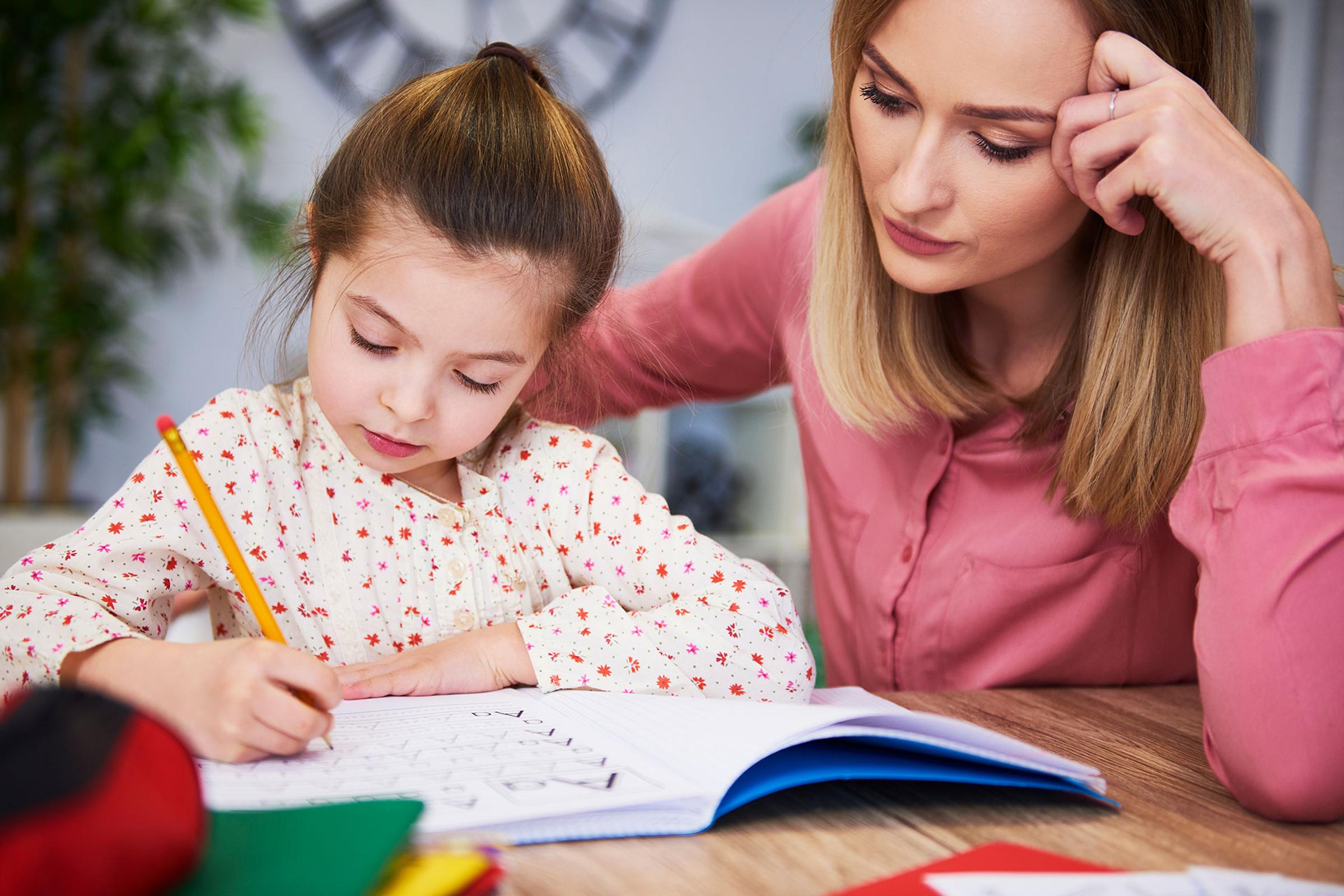Learning for our Parents

Helping in our partnership with building our children as strong and proficient readers
Most people don't think about the process of learning to read until they decide to start teaching their own children at home. Contrary to what some people believe, learning to read is not a 'natural' process that happens all on its own. It's a complex one that requires the proper teaching of various skills and strategies, such as phonics (knowing the relationship between letters and sounds) and phonemic awareness.
The good news is that although reading itself is a complex process, the steps taken in order to build these skills are fairly simple and straightforward.
In this edition of the newsletter, we will share 5 simple steps to support your child with reading at home:
1. Use songs and nursery rhymes to build phonemic awareness
Children's songs and nursery rhymes aren't just a lot of fun—the rhyme and rhythm help kids to hear the sounds and syllables in words, which helps them learn to read. A good way to build phonemic awareness (one of the most important skills in learning to read) is to clap rhythmically together and recite songs in unison. This playful and bonding activity is a fantastic way for kids to implicitly develop the literacy skills that will set them up for reading success.
2. Make simple word cards at home
Cut out simple cards and write a word containing three sounds on each one (e.g. ram, sat, pig, top, sun, pot, fin). Invite your child to choose a card, then read the word together and hold up three fingers. Ask them to say the first sound they hear in the word, then the second, and then the third. This simple activity requires little prep time and builds essential phonics and decoding skills (helping them learn how to sound out words). If your child is just starting out with learning the letters of the alphabet, focus on the sound each letter makes, more so than letter names.
ABC Reading Eggs teaches phonics skills—an important tool to help children decode and read words—with interactive activities that are fun and highly engaging.
3. Engage your child in a print-rich environment
Create daily opportunities to build your child's reading skills by creating a print‑rich environment at home. Seeing printed words (on posters, charts, books, labels, etc.) enables children to see and apply connections between sounds and letter symbols. When you're out and about, point out letters on posters, billboards and signs. In time you can model sounding out the letters to make words. Focus on the first letter in words. Ask your child “What sound is that letter?” “What other word starts with that sound?” “What word rhymes with that word?”
4. Play word games at home or in the car
Building on from the previous step, introduce simple word games on a regular basis. Focus on playing games that encourage your child to listen, identify and manipulate the sounds in words. For example, start by asking questions like “What sound does the word start with?” “What sound does the word end with?” “What words start with the sound ?” and “What word rhymes with ?”.
5. Understand the core skills involved in teaching kids to read
It's important to remember that learning to read involves various different skills. There are five essential components of reading. These are the skills all children need in order to successfully learn how to read. In summary, these include:
Phonemic awareness – the ability to hear and manipulate the different sounds in words
Phonics – recognising the connection between letters and the sounds they make
Vocabulary – understanding the meaning of words, their definitions, and their context
Reading comprehension – understand the meaning of text both in storybooks and information books
Fluency – the ability to read aloud with speed, understanding and accuracy
In our next edition, we will provide the final 5 tips and strategies to support successful readers in the home.
Below is another helpful clip focused on building students' knowledge of the 44 sounds of English and the most common ways of spelling them.